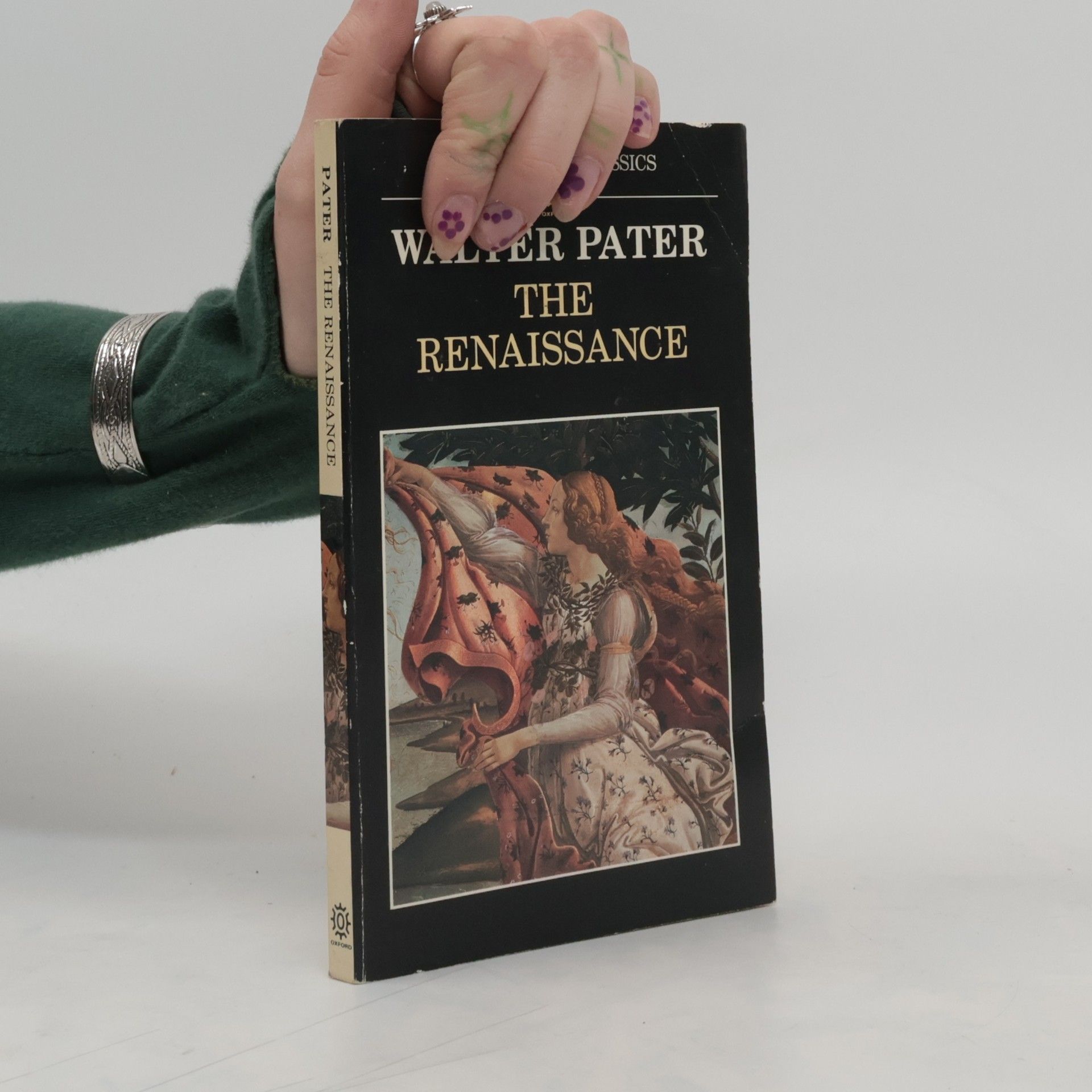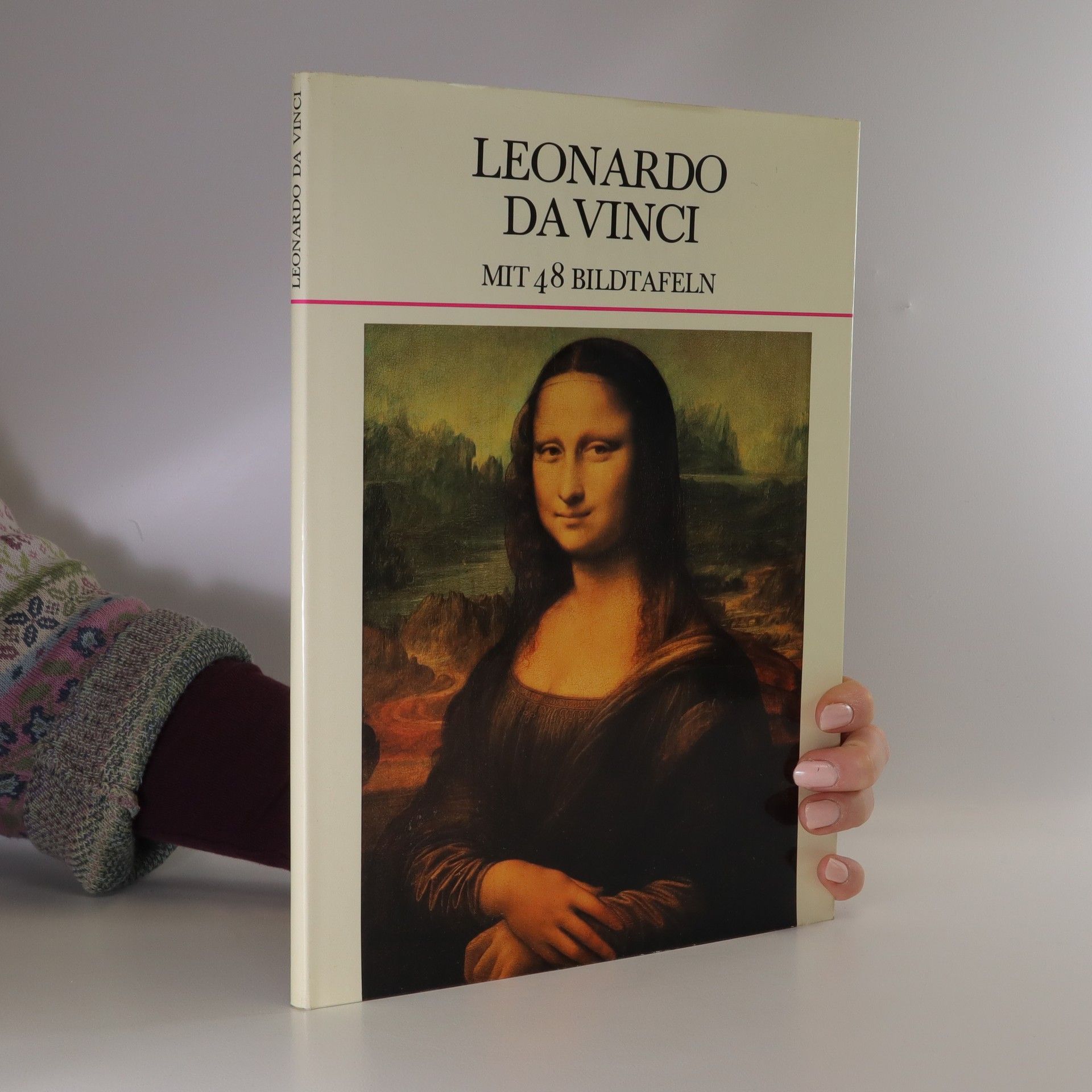Walter Pater Bücher







Ein Maler der galanten Zeit
J. A. Watteau
Oscar Wilde called this collection of essays the "holy writ of beauty." Published to great acclaim in 1837, it examines the work of Renaissance artists such as Winckelmann and the then neglected Botticelli, and includes a celebrated discussion of the Mona Lisa in a study of Da Vinci. The book strongly influenced art students and aesthetes of the day and is still valuable for the insights it offers and the beauty of the writing.
Through his highly idiosyncratic readings of some of the finest paintings, sculptures, and poems of the French and Italian Renaissance, Walter Pater in Studies in the History of the Renaissance redefined the practice of criticism as an impressionistic, almost erotic exploration of the critic's aesthetic responses. Pater's infamous nullConclusion, null which forever linked him with the decadent movement, scandalized many with its insistence on making pleasure the sole motive of life, even as it charmed fellow aesthetes such as Oscar Wilde. This edition of Studies reproduces the text of the first edition of 1873. Matthew Beaumont's Introduction describes the cultural context that gave rise to the book, the reasons for its notoriety, Pater's philosophical outlook, and the arguments in his book. It explores Pater's work as an attempt to preserve the unique aesthetic of a work of art in the face of encroaching mass culture. The book also includes the later chapter on Giorgione as an Appendix, comprehensive notes that identify the many literary and artistic references, and a useful glossary of names. - Publisher
Marius the Epicurean by Walter Pater is a philosophical novel set in the Roman Empire during the second century. The story follows Marius, a thoughtful and sensitive young man, as he embarks on a spiritual and intellectual journey through the landscapes of ancient Rome. Through his experiences, Marius explores the teachings of Epicureanism and Stoicism, gradually encountering the emerging Christian community and its vision of life and death. This book appeals to readers interested in philosophical novels, historical fiction, or Victorian literature. It offers a unique perspective on the challenges of living a thoughtful life and the importance of seeking truth and beauty in a changing world. Book categories such as philosophical novel, historical fiction, and Victorian literature are naturally highlighted in this classic work.
Marius the Epicurean
A philosophical journey through Epicureanism and early Christianity in the aesthetic heart of Ancient Rome
- 402 Seiten
- 15 Lesestunden
In Marius the Epicurean, Walter Pater presents a deeply introspective philosophical novel set in second-century Ancient Rome. The protagonist, Marius, a young Roman of refined sensibility, embarks on a spiritual and intellectual odyssey in pursuit of a life grounded in truth, beauty, and meaning. Beginning with Epicureanism, Marius is drawn to a life of calm contemplation and sensory harmony. Yet he soon discovers the limitations of this doctrine in offering deeper fulfillment. His journey leads him to the stoic teachings of Marcus Aurelius, whose disciplined wisdom fascinates but does not fully satisfy Marius's longing for spiritual resonance. Revered for its introspective tone and aesthetic precision, Marius the Epicurean became a cornerstone of Victorian literature and greatly influenced later writers such as Oscar Wilde. With its blend of historical fiction, philosophical speculation, and spiritual development, this novel remains a timeless study of intellectual transformation and the search for meaning.
Marius the Epicurean and Other Short Works
- 530 Seiten
- 19 Lesestunden
Set in ancient Rome, the novel follows Marius, a young nobleman, on his philosophical journey. Through his encounters with mentors and the intricacies of Roman society, he confronts profound questions about morality, meaning, and happiness. The narrative delves into themes of beauty and spirituality, prompting readers to reflect on their own values. Pater's elegant prose and philosophical depth create a timeless exploration of the human condition and the quest for an ideal life.
The publishing house Megali focuses on making historical works accessible by producing them in large print, specifically designed for individuals with impaired vision. This approach aims to enhance the reading experience for those who may struggle with standard text sizes.